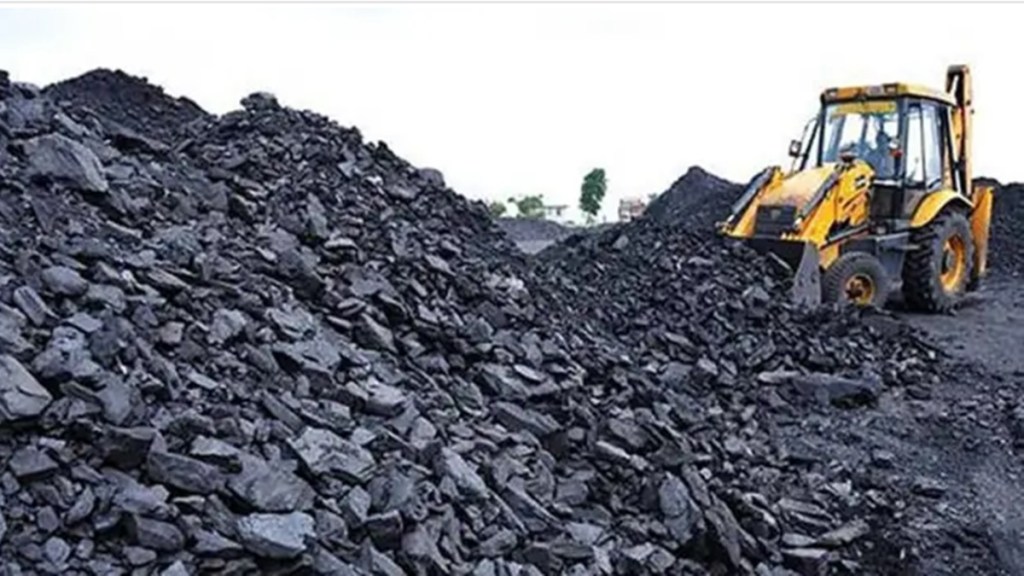India, with world’s fourth largest renewable energy capacity, is less likely to comply with the G20 decision on phasing down unabated coal power, which continues to meet more than 70% electricity needs of the country.
The G20 declaration, released on Saturday, highlighted the need to accelerate “efforts towards phasedown of unabated coal power”, among other measures for implementing sustainable, affordable and inclusive energy transitions.
Coal power is unabated if carbon emitted in the process of burning the coal to produce power is not captured. However, carbon capture, usage and storage (CCUS) technology is expensive and no Indian power producer uses it.
With CCUS implementation the burden on consumers will only increase. With distribution companies (discoms) already facing challenges in recovering the cost incurred, the technology is less likely to be taken up anytime soon.
While neither usage of CCUS nor reduction in coal power may find favour in India for at least a decade, going by the National Electricity Plan (NEP), the country can only reduce the share of coal power in total energy mix.
Also because generating electricity from new coal projects is much costlier than from renewable sources. And, there are other incentives, like low-cost green finance, and disincentives, like carbon tax, to promote clean energy.
India, which already has strengthened its renewable energy capacity to 130 giga watt (GW) and along with large hydro power about 180 GW, is set to take up the non-fossil fuel based capacity to 500 GW by 2030, raising the share of clean fuel from 40% to 50% in terms of installed capacity mix by 2030.
However, while coal based power generation capacity was 48.6% of the total installed capacity (as of July 2023), its share in energy mix was 70%. It usually ranges between 70% and 74%, and will remain the mainstay for sometime.
Even the National Electricity Plan envisages the coal based capacity to grow from 212 GW as on March 2023 to 260 GW by 2032, an increase of 48 GW. All additions are being done by central and state PSUs, none by private players.
Goldman Sachs in its July report on India clean energy estimates the country will require additional 23 GW of coal capacity over and above the government’s target of 48 GW by 2032 to meet the projected peak shortages.
“Our estimates factor a lower BESS attachment rate of 10% vs government’s plan of 24% on 180 GW RE capacity requiring transmission infra upgrade, considering the GS battery cost curve forecast,” the note said.
It may be noted that the baseload demand has to be met from continuous generation stations that can operate at a certain level over a continuous period, which is not possible with renewable energy without sufficient storage capacity.
Last Thursday, the government announced a viability gap funding scheme with an outlay of Rs 3,760 crore for providing up to 40% of the capital cost to spur investments in Battery Energy Storage Systems (BESS).
“As long as we are able to develop these storage capacities which is battery storage and pumped hydro storage, the incremental coal-based capacity envisaged should be sufficient to meet the demand,” said Vikram V, vice-president and sector head, corporate ratings, ICRA.
